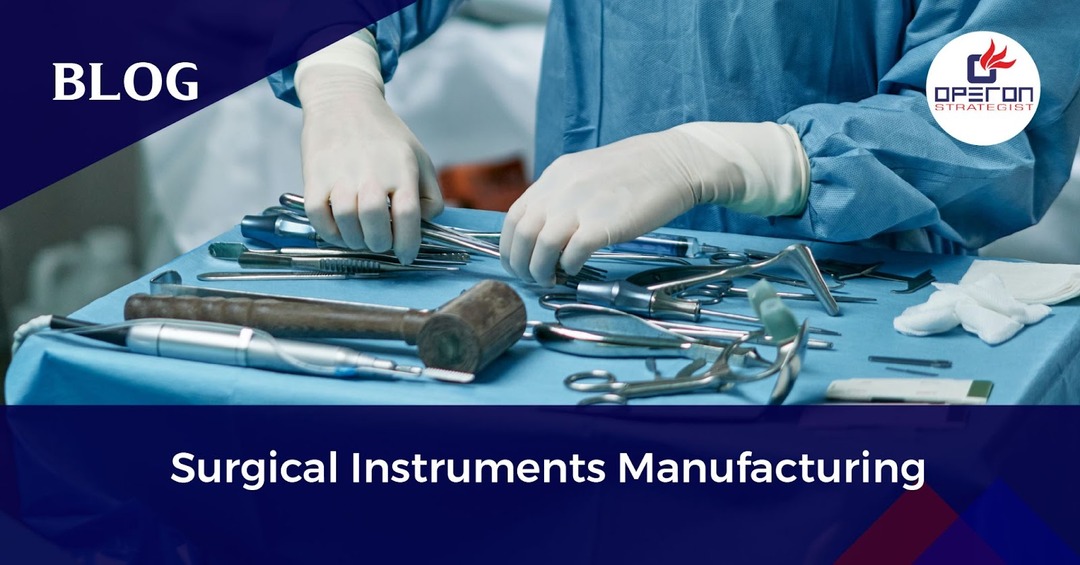Surgical equipment plays a pivotal role in modern medicine, enabling healthcare professionals to perform intricate procedures with precision and efficiency. In this article, we’ll delve into the advantages and drawbacks of utilizing surgical equipment in medical settings.
Pros of Surgical Equipment
Surgical equipment offers several benefits that contribute to improved patient outcomes and enhanced procedural efficiency. Firstly, it allows surgeons to execute complex operations with unparalleled precision. From delicate tissue manipulations to intricate incisions, advanced instruments facilitate intricate maneuvers, minimizing the risk of errors and complications.
Moreover, the efficiency afforded by surgical equipment is noteworthy. Procedures that once required extensive time can now be completed swiftly, reducing both surgical duration and patient anesthesia exposure. Additionally, the use of specialized tools often results in smaller incisions, leading to reduced trauma, less blood loss, and faster recovery times for patients.
Another significant advantage is the decreased risk of post-operative infections. Advanced sterilization techniques coupled with disposable components minimize the likelihood of bacterial contamination, promoting a safer surgical environment and lowering the incidence of complications.
Lastly, the integration of innovative technologies into surgical equipment has revolutionized medical practice. From robotic-assisted procedures to real-time imaging guidance, these advancements enhance surgical precision, expand treatment options, and ultimately improve patient outcomes.
Cons of Surgical Equipment
Despite its undeniable benefits, the adoption of surgical equipment also presents certain challenges. Perhaps the most prominent concern is the substantial financial investment required. State-of-the-art instruments and machinery come with hefty price tags, necessitating significant capital expenditure by healthcare facilities.
Maintenance of surgical equipment is another consideration. Regular servicing and calibration are essential to ensure optimal performance and reliability. Additionally, specialized training is often necessary for healthcare professionals to proficiently operate complex devices, adding to the overall cost and resource allocation.
Technical failures represent a potential drawback of relying solely on surgical equipment. Malfunctions or software glitches can disrupt procedures, compromising patient safety and necessitating swift intervention to mitigate risks. Moreover, the dependence on technology may diminish practitioners’ proficiency in traditional surgical techniques, posing challenges in emergency situations or resource-limited settings.
Comparison with Non-Surgical Methods
When comparing surgical equipment with non-surgical alternatives, the advantages of the former become evident. While traditional methods may suffice for certain procedures, the precision, efficiency, and outcomes achievable with advanced equipment far surpass those attainable through manual interventions alone. However, it’s crucial to acknowledge that overreliance on technology may overlook the holistic approach to patient care, which encompasses physical, psychological, and emotional aspects.
Innovations in Surgical Technology
The continuous evolution of surgical technology promises further advancements in patient care. Robotics are increasingly integrated into surgical workflows, enabling minimally invasive procedures with enhanced dexterity and precision. Advanced imaging modalities provide real-time visualization, facilitating accurate diagnosis and targeted interventions. Furthermore, the shift towards minimally invasive techniques minimizes tissue trauma, reduces recovery times, and enhances overall patient satisfaction.
Impact on Patient Outcomes
The utilization of surgical equipment has a profound impact on patient outcomes. Improved success rates, reduced complications, and shorter hospital stays are among the notable benefits observed. Patients undergoing procedures with advanced equipment experience faster recovery times, reduced pain, and improved quality of life post-surgery.
Economic Considerations
While the initial investment in surgical equipment may seem daunting, its long-term benefits often outweigh the upfront costs. Cost-effectiveness analyses demonstrate that the efficiency gains, reduced complication rates, and shorter hospital stays associated with advanced equipment result in overall savings for healthcare systems.
Environmental Implications
The widespread use of surgical equipment also raises environmental concerns. Disposable components contribute to medical waste generation, necessitating proper disposal and recycling measures to minimize ecological impact. Manufacturers are increasingly exploring eco-friendly alternatives and sustainable practices to mitigate environmental harm.
Ethical Concerns
Ethical considerations surrounding surgical equipment encompass issues of accessibility, equity, and informed consent. Ensuring equitable access to advanced technology is essential to prevent disparities in healthcare delivery. Moreover, practitioners must uphold ethical standards by obtaining informed consent from patients, disclosing potential risks and benefits, and respecting patient autonomy in treatment decisions.
Regulatory Standards
Stringent regulatory standards govern the design, production, and use of surgical equipment to ensure patient safety and efficacy. Compliance with these regulations, coupled with rigorous quality control measures and certification processes, is imperative for manufacturers and healthcare providers alike.
Future Trends
Looking ahead, the future of surgical technology holds exciting possibilities. Integration of artificial intelligence promises to revolutionize surgical workflows, offering real-time decision support, predictive analytics, and personalized treatment recommendations. Additionally, advancements in personalized medicine and genomic profiling will enable tailored surgical approaches, optimizing outcomes and minimizing risks.
Recommendations for Healthcare Providers
Healthcare providers should prioritize investments in modern surgical equipment to maintain competitiveness, improve patient outcomes, and enhance operational efficiency. Continuous staff training and skills development programs are essential to ensure proficient utilization of advanced technology. Collaboration with equipment manufacturers facilitates feedback-driven innovation and continuous improvement in product design and functionality.
Patient Education
Empowering patients with comprehensive information about the benefits and risks of surgical procedures is paramount. Patient education initiatives should emphasize shared decision-making, enabling individuals to actively participate in their treatment journey
. Clear communication, understandable language, and accessible resources facilitate informed consent and promote patient engagement in their healthcare.
Conclusion
In conclusion, surgical equipment offers a multitude of advantages, including enhanced precision, efficiency, and patient outcomes. However, it’s essential to acknowledge the associated costs, maintenance requirements, and ethical considerations. By striking a balance between technological advancements and holistic patient care, healthcare providers can optimize the use of surgical equipment to deliver safe, effective, and patient-centered care.
FAQs
1. What are the main advantages of surgical equipment?
2. How do surgical equipment costs compare to traditional methods?
3. Are there any environmental concerns associated with surgical equipment?
4. What are the ethical considerations in using advanced surgical technology?
5. How can patients ensure they receive treatment with the latest equipment?




